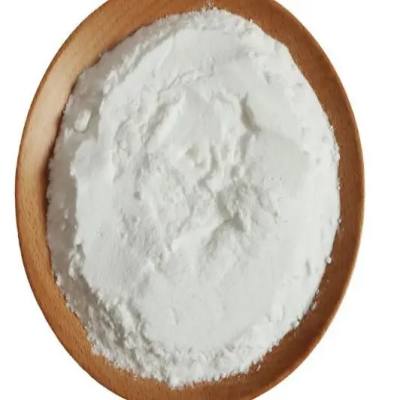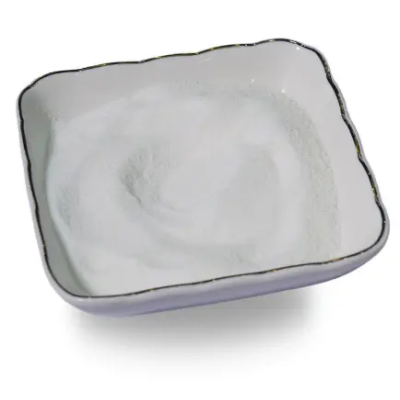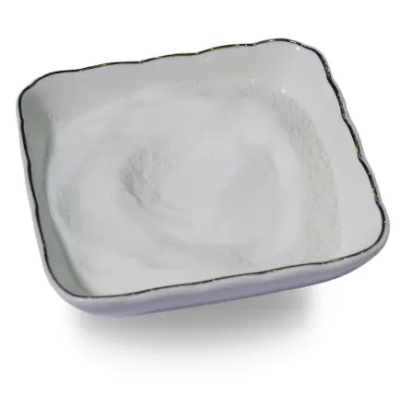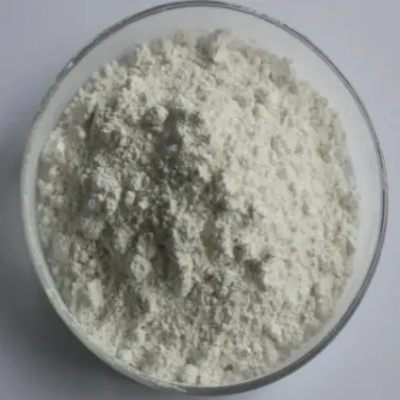Flucloxacillin CAS:5250-39-5
Flucloxacillin is frequently prescribed for the treatment of skin and soft tissue infections such as cellulitis, abscesses, wound infections, and impetigo caused by Staphylococcus aureus. Due to its narrow spectrum of activity, flucloxacillin is not effective against all types of bacteria and is primarily active against penicillinase-producing staphylococci. Patients are typically instructed to take flucloxacillin orally on an empty stomach or intravenously depending on the severity of the infection. The dosage and duration of treatment are determined based on the specific type and extent of the infection, patient factors, and susceptibility testing results if available. Adherence to the prescribed dosing schedule is essential to ensure optimal efficacy and prevent the development of antibiotic resistance. Common side effects of flucloxacillin may include gastrointestinal disturbances, allergic reactions such as rash or itching, and rarely, more severe hypersensitivity reactions. Medical professionals monitor patients receiving flucloxacillin for treatment response, potential adverse effects, and the need for modifications in therapy. It is crucial to complete the full course of flucloxacillin as directed, even if symptoms improve, to eradicate the infection completely and reduce the risk of recurrence or resistant bacterial strains. Consulting healthcare providers for guidance on the appropriate use of flucloxacillin is key to promoting successful outcomes in bacterial infection management.



| Composition | C19H17ClFN3O5S |
| Assay | 99% |
| Appearance | white powder |
| CAS No. | 5250-39-5 |
| Packing | Small and bulk |
| Shelf Life | 2 years |
| Storage | Store in cool and dry area |
| Certification | ISO. |









